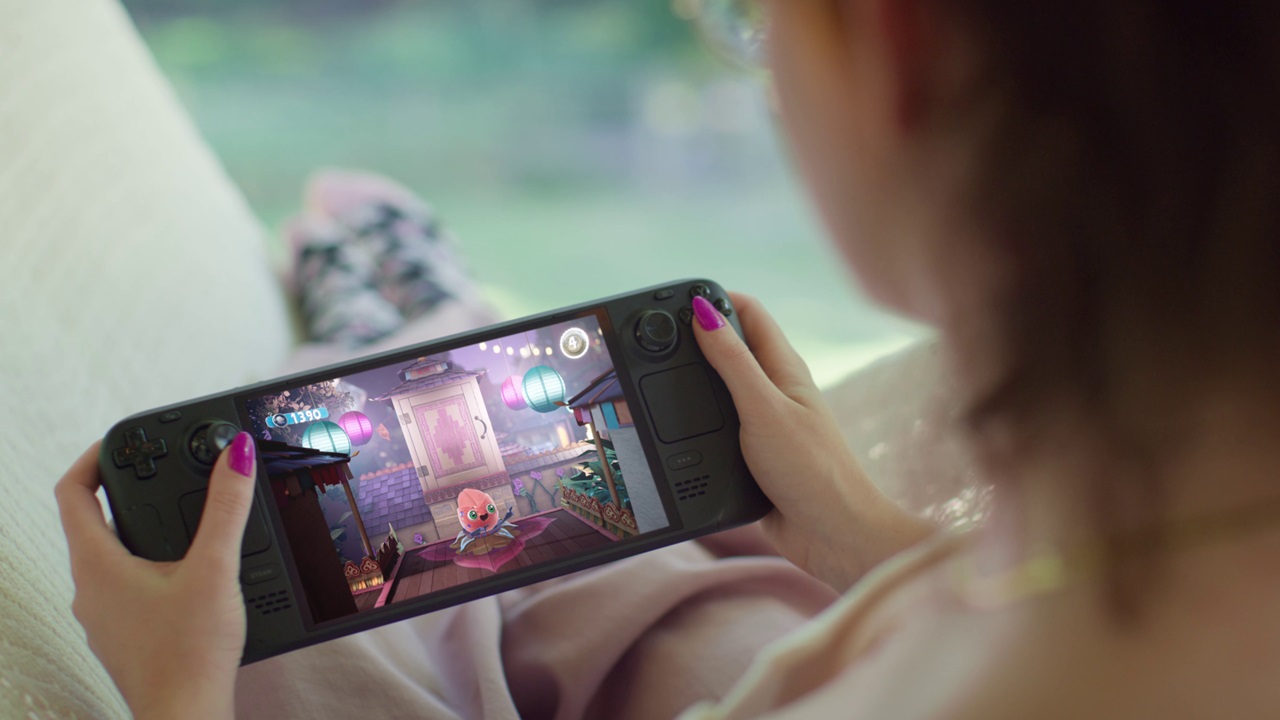- The new Xbox handhelds include 120Hz VRR LCD screens.
- According to ASUS, VRR is a superior option over OLED screens.
- The company prioritized a smoother gaming experience over the vibrance of OLED technology.
Due to technological advancements over time, the latest video games can now be played on handheld consoles like the Steam Deck, ROG Ally, and the recently released Nintendo Switch 2.
During the Xbox Games Showcase 2025, Xbox also debuted its first partner handheld. However, it did not come with an OLED screen. According to new reports, this was done to prioritize Variable Refresh Rate (VRR) technology.
Why it matters: OLED screens have gained popularity among fans of portable gaming ever since the Nintendo Switch and Steam Deck adopted this option.
Regarding specifications, the ROG Xbox Ally will be available in two variants, both featuring the same display.
The ROG Xbox Ally and the ROG Xbox Ally X have a 7-inch Full HD IPS screen with a 120Hz refresh rate and AMD FreeSync Premium. However, the ROG Xbox Ally X has 1TB of storage, 24GB of RAM, and a more powerful processor, the Ryzen Z2 Extreme.
This has been done to support VRR. This decision appears to be the same one Nintendo made with its Switch 2, as it also supports 120Hz and VRR, similar to the upcoming Microsoft/ASUS console.
The function of VRR is to eliminate tearing and save gamers from having to activate V-Sync. You’ve probably encountered VRR on PCs with technologies like AMD FreeSync or NVIDIA G-Sync, as they are related.
With VRR, those FPS fluctuations are smoothed out, offering a less distracting gaming experience by synchronizing the screen’s frequency with that of the game. The ROG Xbox Ally manufacturers chose not to use a console with an OLED screen due to the high production costs associated with it.

Although OLED provides low latency and excellent colours, ASUS claims that this sort of screen consumes too much power and that VRR is a superior option.
With VRR, we can limit the frame rate (FPS) to a specific frequency. Thanks to this option, we can still have a nice gaming experience at frame rates below 60, as long as they are consistent.
Thank you! Please share your positive feedback. 🔋
How could we improve this post? Please Help us. 😔


 Threads
Threads

